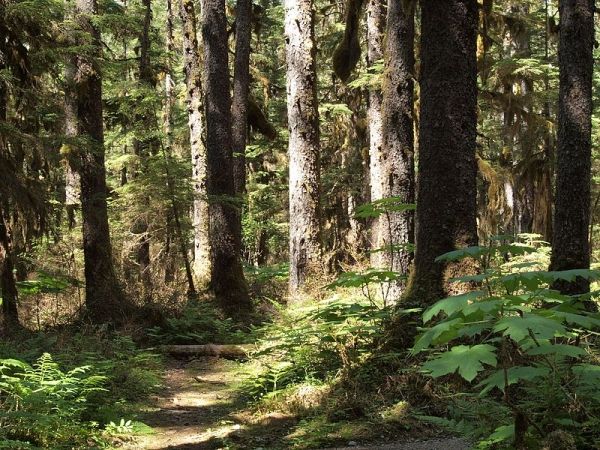When the railroad tycoon Edward H. Harriman fell ill from stress and too much work, his doctors recommended that he take a sea cruise. Unable to do anything in a small way, Harriman filled a ship with America’s foremost scientists, artists, and writers, and sailed the coast of Alaska for two months in the summer of 1899.
The expedition, which also included the renowned preservationists John Muir and George Bird Grinnell, found two Alaskas wherever they went, one for the taking, one for the saving. Each at odds with the other. Foremost among the places for saving was the great coastal rainforest of the Southeast Alaska panhandle, a wondrous world of mountains, ice fields, tidewater glaciers, rock-ribbed fjords, coastal brown bears, bald eagles, and 11,000 miles of shoreline.
Eight years later, in 1907, President Theodore Roosevelt took a bold step in that direction by creating the 17-million-acre Tongass National Forest, the largest national forest in the United States. Today, the Tongass contains two national monuments and 19 designated wilderness areas. It also has countless undammed rivers and streams, and some of the world’s last great runs of wild Pacific salmon.
Dominated by Sitka spruce and Western hemlock — mighty conifers up to 10 feet in diameter and 800 years old — the Tongass represents the world’s largest remaining temperate rainforest. Many of the great trees wear long beards of lichen and moss, and drip with rain, and echo the calls of ravens and the liquid songs of hermit and Swainson’s thrushes.
Read more at Yale Environment 360
Photo Credit: gillfoto via Wikimedia Commons


